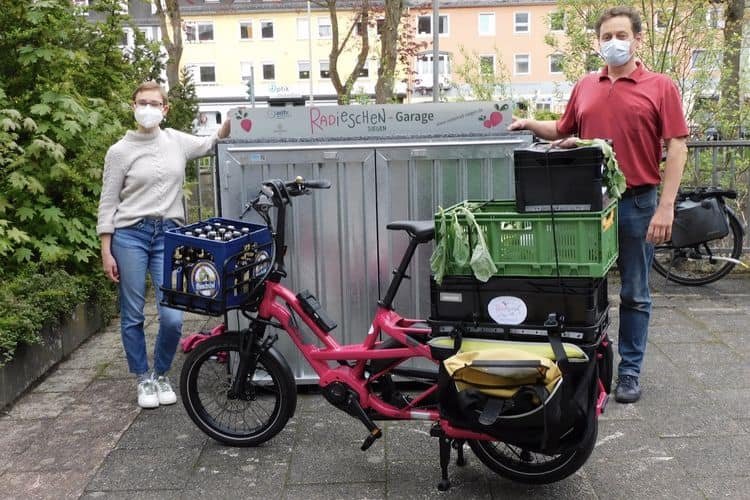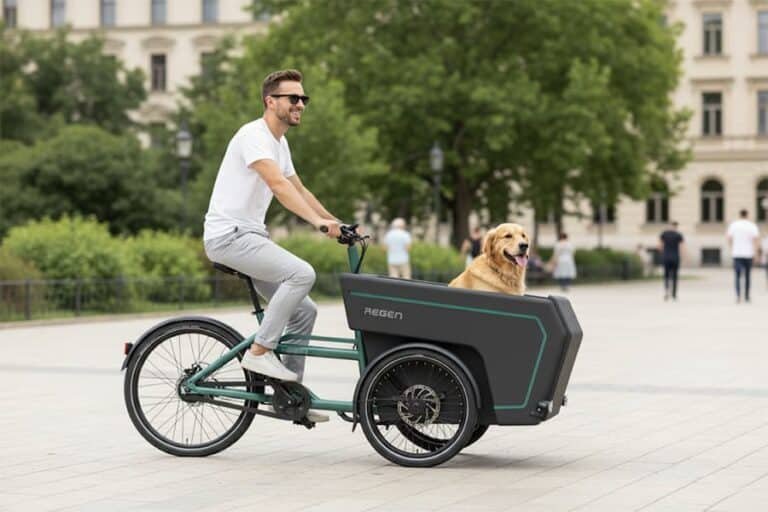A Regen, amikor a teherbringák vagy e-bike-ok motorválasztásáról beszélgetünk partnereinkkel, a beszélgetés gyakran a következőkről folyik. középmeghajtás vs hub meghajtás. A középhajtásokat nyomatékuk, hatékonyságuk és természetes pedálozási érzésük miatt dicsérik. De mint minden műszaki megoldás, ezek is kompromisszumokkal járnak.
Vizsgáljuk meg alaposan a hátrányokat - ötvözve a mi mérnöki szemléletünket az iparági összehasonlításokban kiemelt pontokkal.
1. Magasabb beszerzési költség
Középhajtású motorok lényegesen drágábbak, mint a hubmotorok:
- Kevés költségvetési lehetőség: Ahogy a cikk, amit megosztott megjegyzi, jó hírű középhajtású teher kerékpárok alatt USD $2,000 ritkák, míg a hubmotoros teherbringák széles körben elérhetők ebben a tartományban.
- Komplexitásvezérelt ár: A viszonylag egyszerű kerékagymotorral ellentétben a középhajtás érzékelőket, hajtóműveket és nyomatékátviteli alkatrészeket integrál, ami növeli a költségeket.
Implikáció: A flottavásárlók számára a magasabb kezdeti beruházás akadályt jelenthet, különösen akkor, ha a teljesítményelőnyöket nem használják ki teljes mértékben a sík, városi szállítási útvonalakon.
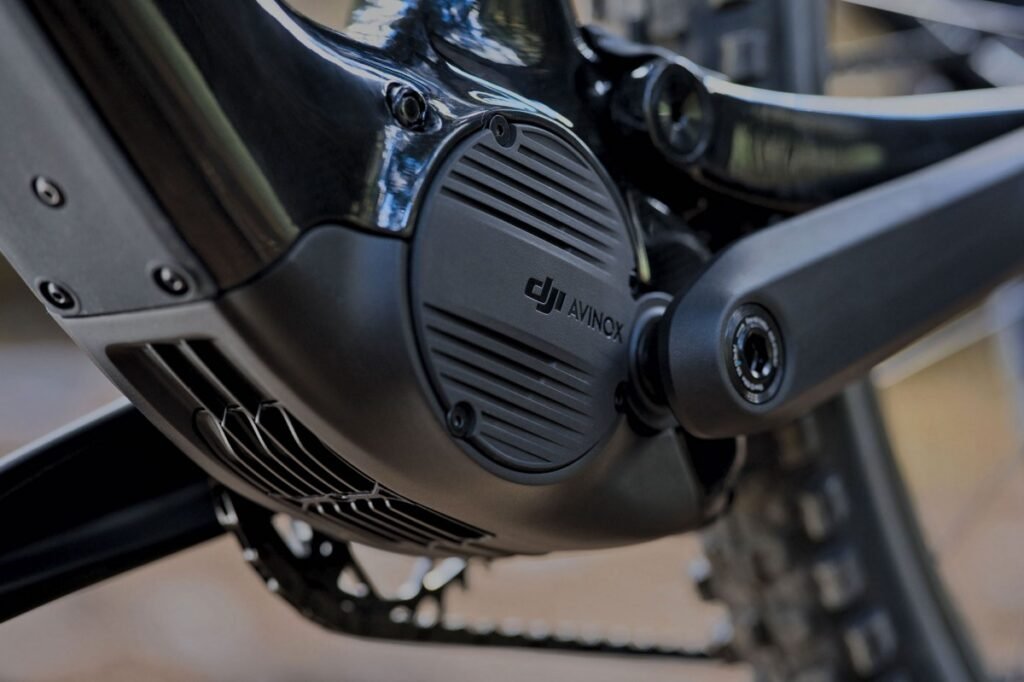
2. Felgyorsult hajtáslánc kopás
Mivel a motor a teljesítményt a lánc és kazetta, növeli a mechanikai feszültséget:
- Lánc kopása: A szabványos láncok sokkal gyorsabban elhasználódnak a középhajtási nyomaték alatt.
- Lánckerék és lánckerék sérülése: A nagyobb teljesítményű folyamatos terhelés (pl. 200W-os terhelés a természetes 100W-os emberi bemenet helyett) felgyorsítja az alkatrészek kifáradását.
- Karbantartási ciklusok: A szállítási flottáknak a terheléstől függően 1000 km-enként vagy hamarabb is szükségük lehet a lánc és a lánckerék cseréjére.
Ez az egyik rejtett költségek egy középhajtású teherbringa flotta üzemeltetése.
3. Összetettebb karbantartás és magasabb szervizköltségek
A középhajtású rendszer nem csak egy motor; egy tengelykapcsolóval, hajtótengellyel, sebességváltókkal és elektronikus érzékelőkkel van integrálva.
- Speciális javítás szükséges: A kerékagymotorokkal ellentétben, amelyek gyakran csak egy kerék cseréjével megoldhatóak, a középhajtásokhoz képzett technikusokra és néha szabadalmaztatott szoftverekre van szükség (Bosch, Shimano, Brose).
- Leállási kockázat: A vállalkozások számára a hosszabb műhelyidő üzemszünetet jelent.
- A tartalék alkatrészek költsége: A saját gyártású alkatrészek (pl. belső fogaskerekek, vezérlők) drágábbak és nehezebb beszerezni, mint a hubmotor általános alkatrészei.
Esettanulmány: Egy logisztikai szolgáltató, akivel együtt dolgoztunk, arról számolt be, hogy a középhajtású flottáknak 2-3× magasabb műhelyi munkaerőköltségek a hubmotoros flottákhoz képest.
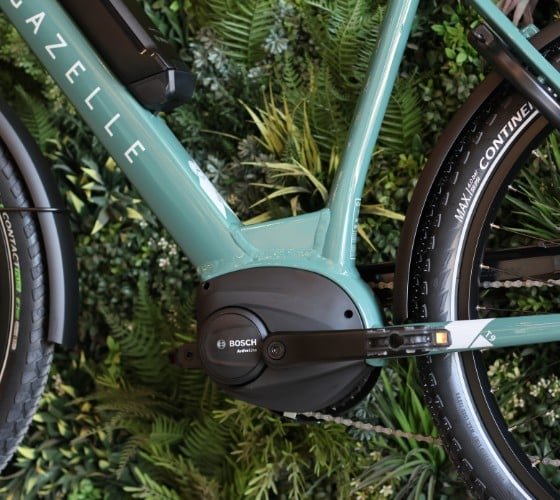
4. Zaj és rezgés
Bár még mindig viszonylag halk, a középhajtású meghajtók sebességváltó nyöszörgés nagy nyomaték vagy mászóterhelés esetén. Azok a motorosok, akik hozzászoktak a közvetlen meghajtású kerékagymotorok csendjéhez, ezt néha zavarónak találják.
5. Keretkompatibilitási korlátozások
A középmeghajtók nem univerzálisan kompatibilisek:
- Dedikált tartók: A vázakat meghatározott motorrendszerekre kell tervezni (pl. Bosch Gen 4, Shimano STEPS), ami korlátozza a rugalmasságot.
- Csökkentett utólagos felszerelési potenciál: A legtöbb meglévő vázhoz hozzáadható kerékagymotorokkal ellentétben a középhajtásokat nem lehet egyszerűen felcsavarozni.
Ez hatással van ODM/OEM rugalmasság, mivel a különböző gyártási sorozatokhoz egyedi keretszerszámokra lehet szükség.
6. A megfelelő sebességváltástól való függés a lovas számára
Ellentétben a kerékagymotorokkal, amelyek a hajtáslánc fogaskerekeitől függetlenül adják le a teljesítményt, a középhajtások a vezetőre (vagy az automatikus rendszerekre) támaszkodnak a megfelelő váltás érdekében:
- A rossz váltás terhelés alatt a következőket okozhatja lánc kihagyás vagy elszakadás.
- A tapasztalatlan versenyzők drámaian lerövidíthetik a hajtáslánc élettartamát.
- Egyes rendszerek műszakváltás-érzékelő érzékelőket is tartalmaznak, de ezek költségesebbé és bonyolultabbá teszik a rendszert.
A teherszállító flották esetében ez a lovasok képzettségétől függően változékonyságot eredményezhet.
7. Saját ökoszisztéma-zárlat
A legtöbb középhajtás egy zárt rendszer:
- Az akkumulátorok, vezérlők és kijelzők gyakran márkaspecifikusak.
- Az OEM-gyártók elveszítik az alkatrészek kombinálásának szabadságát.
- Hosszú távú karbantartási kockázat: ha egy márka megszünteti egy motorcsaládot, az alkatrészek beszerzése problémássá válik.
A hubmotorok ezzel szemben sokkal inkább nyitott és moduláris.
8. Súly és a rendszer összetettsége
Míg a központosított súly előnyös a kezelés szempontjából, maga a rendszer további előnyöket jelent tervezés és integráció összetettsége:
- Több alkatrész (tengelykapcsoló, sebességváltó, érzékelők) több lehetséges hibapontot jelent.
- A váz és az akkumulátor integrációját gondosan meg kell tervezni az egyensúly fenntartása érdekében.
9. Energiahatékonyság: Vegyes valóság vs. marketing
A cikk, amit megosztott, kiemel egy hatékonysági pont:
- Hub motorok: Az elektromos energia mozgási energiává történő átalakításának hatásfoka jellemzően 70-80%, és szenvednek elektromágneses ellenállás ha nincs meghajtva, ami megnehezíti a pedálozást.
- Középhajtások: A hatékonyság meghaladhatja 80%, olyan kialakítással, amely teljesen kikapcsol, amikor a motor ki van kapcsolva, lehetővé téve a "természetes" pedálozást extra ellenállás nélkül.
👉 Bár ez egy juttatás a motoros és a motor nélküli motorozás között, egy hátrányt is kiemel: a középhajtások bonyolultabb kuplung- és kioldó mechanizmusoktól függenek, amelyek ismét precíz mérnöki munkát és szervizelést igényelnek.
10. Korlátozott érték sík terepen
Sík városi környezetben a középhajtások mászóereje gyakran szükségtelen:
- Egy kerékagymotor ilyen körülmények között ugyanolyan vagy jobb napi teljesítményt tud nyújtani.
- A többletköltségek, a hajtáslánc kopása és bonyolultsága nem mindig ellensúlyozzák jelentős valós előnyök.
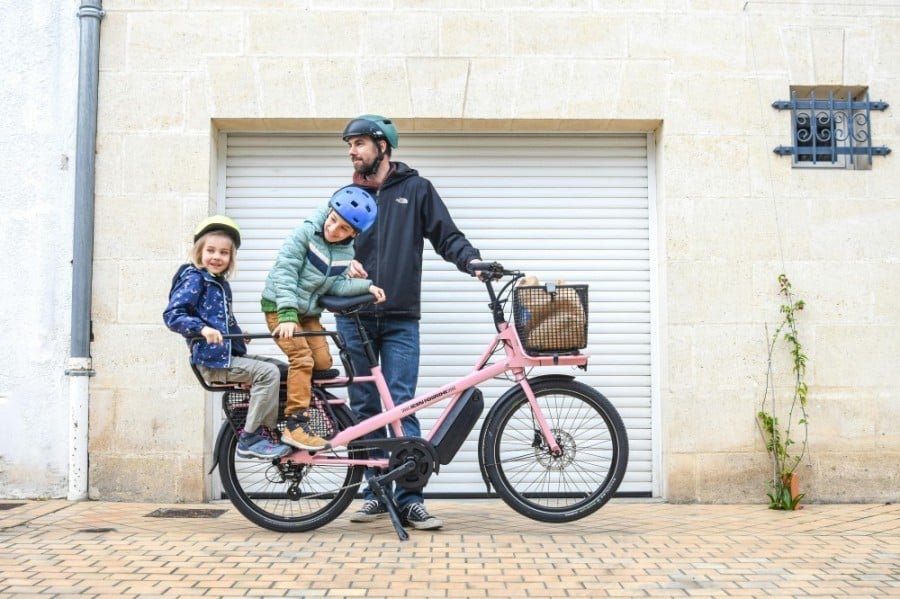
Összehasonlító pillanatkép
| Tényező | Középhajtású motor hátránya | Hub Motor előnye |
|---|---|---|
| Költség | Drága (kevés modell $2,000 alatt) | Megfizethető, széles körben elérhető |
| Hajtáslánc hatása | A lánc és a lánckerekek gyorsabb kopása | Minimális hajtáslánc-terhelés |
| Karbantartás | Komplex, márkához kötött, költséges | Egyszerű, kerékcsere elég gyakran |
| Hatékonyság | >80%, de a kuplung/kikapcsoló rendszerre támaszkodik | 70-80%, de egyszerűbb kialakítású |
| Zaj | Sebesség nyöszörgés terheléskor | Csendesebb (különösen a közvetlen meghajtású hub) |
| Kompatibilitás | Vázspecifikus, nincs utólagos felszerelés | Szinte bármilyen kerékhez/kerethez illeszkedik |
| Sebességváltás | Lovas ügyességet vagy érzékelőket igényel | Függetlenül a váltástól |
| Ökoszisztéma | Saját gyártmányú rögzítés (Bosch, Shimano stb.) | Moduláris és nyitott komponens ökoszisztéma |
| Felhasználási esetek alkalmassága | Kiválóan teljesít dombos, nagy nyomatékú környezetben | Ideális sík, városi ingázási környezetben |
Záró gondolatok
Az Regen-nél szerzett tapasztalataink szerint a középhajtású motorok egy mérnöki megoldás a dombokra, a nyomatékigényre és a természetes vezetési érzésre. Mégis, a kompromisszumok...költség, a hajtáslánc kopása, összetettség, az ökoszisztémához való kötöttség és a magasabb szervizigény.-nem szabad alábecsülni.
Az Ön által megosztott cikk is helyesen emeli ki az olyan részleteket, mint például konverziós hatékonysági különbségek és gördülési ellenállás, ha nincs meghajtás, ami megmagyarázza, hogy a középmotorok miért érzik simábbnak, amikor az akkumulátor lemerül. Azonban ugyanezek a részletek a mechanikai komplexitás és hosszú távú szolgáltatási teher.
A beszerzési vezetők és az OEM/ODM partnerek számára a döntésnek mindig egyensúlyban kell lennie:
- Lovas tapasztalat (simaság, mászóképesség)
- Flotta-gazdaságtan (szervizciklusok, pótalkatrészköltségek)
- Alkalmazási környezet (dombos vs. sík, nehéz teher vs. könnyű teher)
Az Regen-nél mindkettőt támogatjuk középhajtású és hubmotoros konfigurációk, a megoldást az ügyfél folyamatához és régiójához igazítva.

